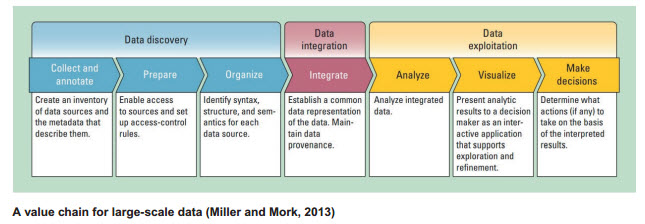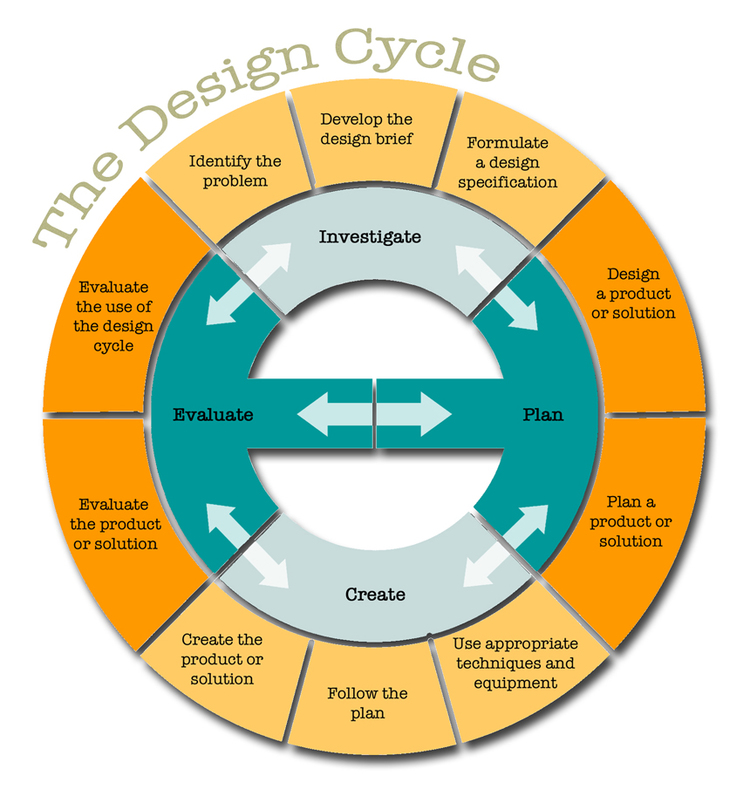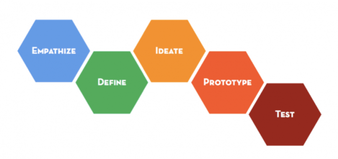Learning about learning
Then we began the excuses and dismissals for people who had relatives involved in a trial, the jobs that would create hardship, the grandmother traveling overseas for the birth of a child who would miss several months, etc, and one by one, the pool diminished and a replacement was added. We were close to being finished, and a "what about...." question arose from a final candidate. She was dismissed, and my name was drawn. <Cue Perry Mason music> What the heck, I figured. You can always learn something, right? I have fond childhood memories of the Perry Mason theme song playing as I walked down the hall to bed every night. It was one of my grandfather's favorite shows and it came on after the 11:00 news. Sworn to SecrecyOur training included very stern instructions that we were not to discuss the proceedings of the trial with anyone. Spouse. Mother. Therapist. Nada. No one. It was especially important because this is Rhode Island, and as a small state, six degrees of separation is more like 2.31, so we aren't allowed to talk about the cases. I can tell you that it's like watching a mashup of Law and Order where the case changes at each commercial break. We've had 16 cases so far, and I've filled up three notebooks, which, by the way, must be left in the courtroom, along with the officially appointed court pen. We may not bring our cell phones past the security guards (lest we record something!) though we can house them in a little phone locker with the security staff by the metal detectors and sign them out at lunch. I was jonesing over that the first couple of weeks (How do I tell time?) but I got over that and now don't even bother to bring my iPhone along to sit in the little locker. So What Does This Have to Do with Learning?You may be wondering, since I can't talk about any of this, what it has to do with learning. LOTS! Let me explain.
1 Comment
I was fishing around for something on my computer today, and came across the 2014 Innovating Pedagogy Report put out by the Institute for Educational Technology at The Open University. This report is created for teachers rather than designers and corporate training people, but it is interesting to see the trends that were identified in K12 education a year and a half ago. They include: I find it curious how many of those trends exist in today's world of instructional design and elearning. Normally, the orbits of higher ed, K12, and corporate training spin in different realms, but there appears to be a convergence here. We are all chattering about storytelling and the value of assessment, MOOCs, analytics and the flipped classroom and troubled by BYOD. If you look at a conference brochure, you'll see lots of things about these concepts. The methods of improving our education & training all include examine a variety of components: knowing what is needed (in our world, gap analysis), delivery of content, application of content, and measuring the learners' absorption of it. It seems as though we are focused on the delivery and assessment these days. Leveraging TechnologySince the advent of readily accessible technology, we have online learning and measurement options available to us, and educators and trainers attempt to effectively incorporate technology as it has become ubiquitous in our daily lives. We all experiment with things, examine the results, talk about them, tweak them, and hopefully improve what was. I know in my 40 years of teaching, I've seen lots of things change. I've tried things that worked well and things that flopped. Yet people still learned. How much, well, that's the fly in the ointment. Two hundred years ago, there was the chalkboard, classroom, a teacher imparting knowledge, and lots of reading and rote memorization. We view that as primitive, yet it takes effort to read most 19th century literature because of the dense vocabulary and long sentences. Those writers were schooled in that "primitive" classroom and have language skills that far surpass what we have today. Their methods worked. Do I suggest we return to that? No. There is so much more to learn today. There's so much more available to us with the world at our fingertips on a computer. School systems need to decide what must be in the canon imparted to children, parsing out of that enormous mass of ideas to assemble a stable curriculum. Similarly, in corporate training, we struggle to figure out what the learner really needs, despite our subject matter expert's insistence that they need the trunkful of material they toss over the wall for us to put in a 10 minute elearning module. We Really Should Leverage Cross Disciplinary ConversationI often wonder why we don't talk to one another much between K12, higher ed, early childhood and training. Granted, a key difference is the focus on children vs. adults, but there are excellent synergies that we can leverage between one another. That's why I pay attention to them all in my Twitter feed, and it's where I came across the report that sparked this post. I know that creative sparks occur when a novel concept is introduced to the mix, forcing thinking to go in new directions. Edward DeBono uses this in lateral thinking, and calls this process Random Entry. A totally unrelated idea takes our thinking in different directions. Here's a great example. In the report's article about learning analytics, Miller & Mork's (2013) value chain for discovery, integration, and exploitation of large-scale data is cited. This comes from an IT perspective, and in a very simple way, shares how we could leverage the data we collect. A question comes up here: are we collecting the right things? There's considerable effort being invested in data mining of big data, and leveraging xAPI to track user activity. I wonder how much of the thinking in this image would be useful to us as we plan our evaluation strategies. I also wonder if having a representative from IT at the table would bring a divergent perspective as we consider evaluation and assessment possibilities so we might better leverage available data. The Value of BricolageThis is where the concept of bricolage comes in. Bricolage comes from the process of playing with things at hand. Examples include the child who builds a fort out of the sofa cushions, the artist who creates sculpture from household items, the teacher who does crafts with his students using paper towel rolls, and musicians who use spoons or pots and pans as instruments. According to Wikipedia, "Bricolage is a French loanword that means the process of improvisation in a human endeavor. The word is derived from the French verb bricoler ("to tinker"), with the English term DIY ("Do-it-yourself")." I like that. Improvisation in a human endeavor. One of the tenants of improvisation is "Yes, and". Here, the players must agree with whatever the other has started, and build from there. It's leveraging imagination. Dictionary.com defines bricolage as
In education, MIT theorist of constructionism (different from constructivism) and founder of the MIT Media Lab, Seymour Papert was inspired by noting the difference between math class students and art class students carving a bar of soap. He wanted to find a way to teach math that had the inspiration of the soap carvers. Here, the soap leveraged divergent thinking for him, and from it, emerged the Logo software that allowed students to explore math concepts in a hands on fashion. He looked at problem solving in two ways: rather than being analytical, he deemed the learner a bricoleur, who learned through playing with things. Constructionism is actually learning by making. Bricolage is used in managerial and entrepreneurial literature, and seems to be tied with creativity. There's a difference though. It seems that bricolage is the result of problem solving. With the fort, the child wanted to create a hiding place, and improvised. The music maker had no drums, so the pot was inverted to become the percussionist's tool. It's a form of problem solving through experimentation. In our world, bricolage includes blended learning, mLearning, elearning, and MOOCs. The solution came about to meet a need. Learners are attached to their smartphones, which makes computing portable, so we leverage that through mLearning. We need to eliminate costs for some training, so we improvised via webinars, or create blended components so there is less seat time. These examples have been around for a while, and solved the "How might we" questions used in the world of UX. We answer with a solution that's a mashup of common tools used in a new paradigm. What was new, is now commonplace.
Education is continually working to reinvent and improve itself and supplement what is already in place. As my grandmother used to say, "Necessity is the mother of invention." "How might we" is an excellent starting point to solve a problem. Designers look at people, problems and solutions. What do we need to build next? Don't let the problem become a stopping point. Look for the "Yes, and" as well as the "How might we" to leverage what's at hand to build the next bricolage for learning. How might we do what we do better? What's in your toolkit that could spur a new way? It doesn't always need to be something new. Bricolage comes from leveraging what's at hand. What can you combine to create better learning?
The designer then brainstorms many solutions, narrows focus to one solution, and creates a prototype, which is presented to the user for feedback. The feedback is applied and the design is reworked until an appropriate solution is created that is feasible for the designer and solves the user's problem. In design thinking, the user is central. This process is the way new products are created, originating from the research and development teams in organizations, but it is being increasingly adopted in other areas of the business. The buzz is growing around design thinking, hitting the mainstream in the September 2015 issue of the Harvard Business Review last year. In the lead article, Design Thinking Comes of Age, Jon Kolko, VP of Design at Blackbord says,
What applicability do we see between instructional design and design thinking? Are there things we might leverage too? If you're new to Design Thinking, check out the free crash course available from the dSchool at Stanford or their resource page for methods. Design thinking is about creating solutions to problems. The user is always a central focus. How can we address this as instructional designers?
|
Jean Marrapodi
Teacher by training, learner by design. Archives
January 2018
Categories
All
|
Conference
|
Company
|
|





 RSS Feed
RSS Feed